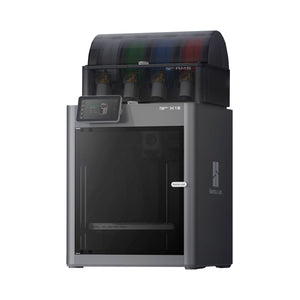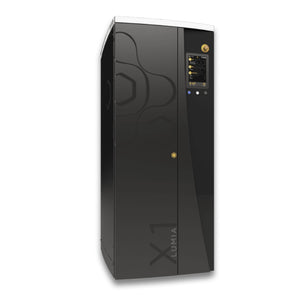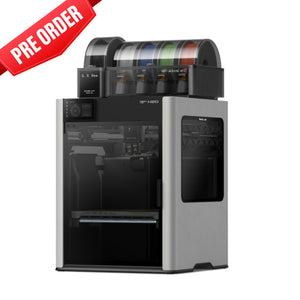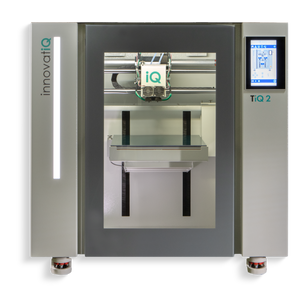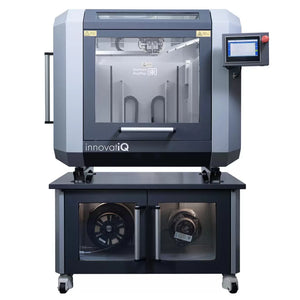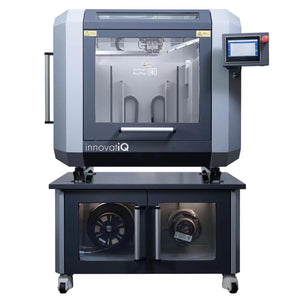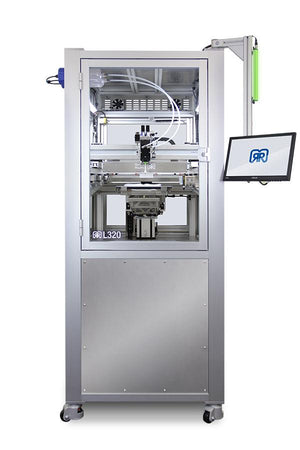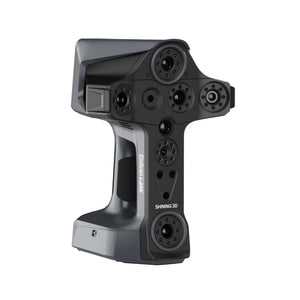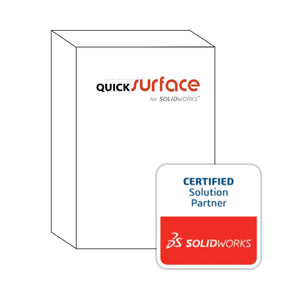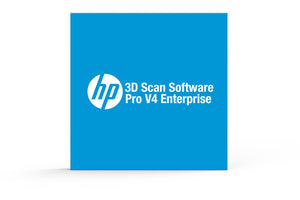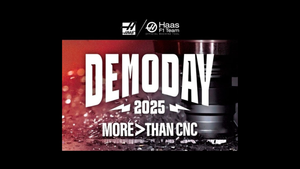Aug 20, 2018
Does a Heated Chamber really matter?

To be fair, it only matters if you want to 3D print materials other than PLA and PETG. At 3DChimera, most of our customers are engineers and those materials barely scrape by for engineering applications.
The reason a heated chamber is important comes down to the material properties of engineering-grade plastics (think back to materials science class folks). The key characteristic is shrink rate. As materials experience a phase transition (from liquid when extruded to solid when cooling), they often shrink as the molecules realign. The effect becomes more extreme if the part is cooling unevenly (imagine a tall part: heated on the bottom from the build plate and the top from the extruder, but cool in the center). The effect of this on printed parts is curling or cracking....not a pretty sight.
To battle shrinking, we need to keep the part at an even temperature as it changes phase from liquid to solid. This is where a precise chamber temperature control is required. The innovatiQ TIQ5 is in an elite category of 3D printers with this unique feature.

If you are trying to print PEI, PC, PPS, ABS and other engineering-grade materials, this feature should be a considered on your "must-have" list.


